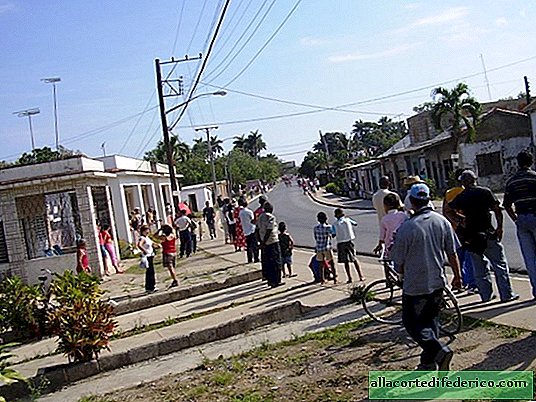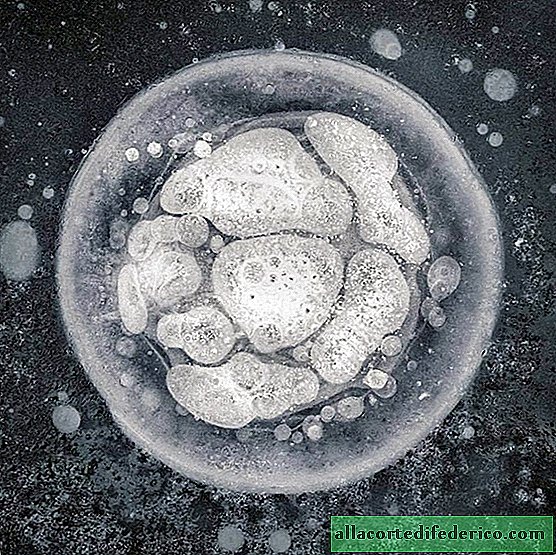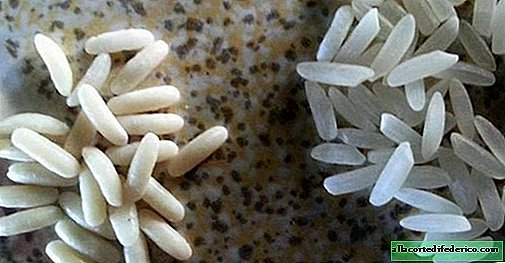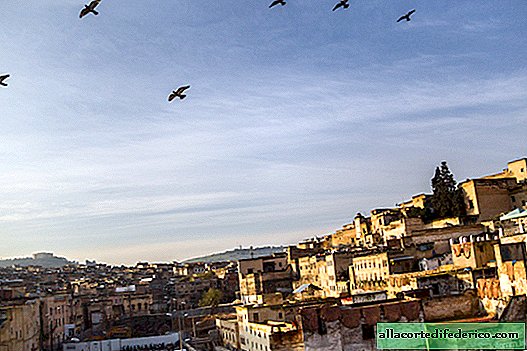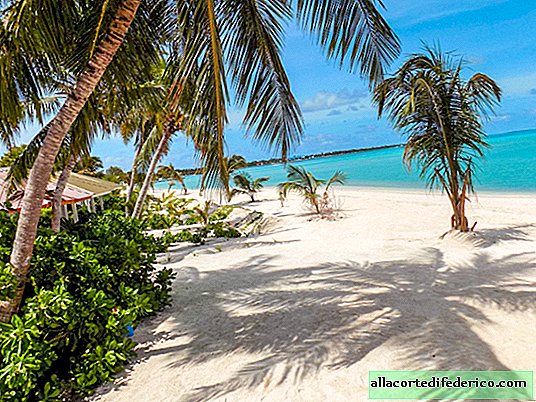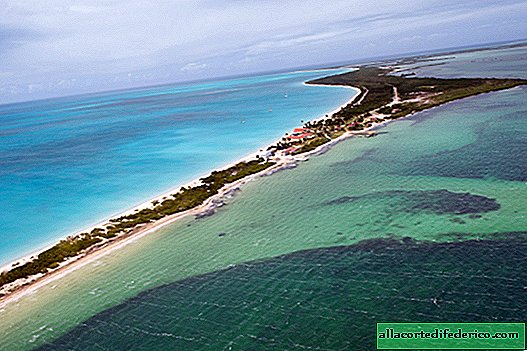Chan Chan - the world's largest city of adobe, preserved to this day
On the Pacific coast, not far from the city of Trujillo (Peru) is a very little-known, but at the same time very large and ancient city of Chan Chan. It was the capital of the state of Chimor, which existed in the 10-15 centuries, and was considered the largest pre-Columbian city in South America. The locals, the Chimu Indians, were a highly developed civilization and were well versed in various craft arts. Roughly Chan-Chan was built in 850 AD and lasted until 1470, until it was conquered by the Incas.
In the best times of the state, its capital occupied about 20 square kilometers, and about 60 thousand people lived in it. Chan-Chan was well fortified: it had nine large strongholds, each of which was surrounded by strong earthen walls, the height of which varied from 9 to 20 meters. They liked to decorate city walls with carvings depicting deities and various animals.

Chan Chan was built mainly of adobe, a mixture of clay and straw, and was considered the largest adobe city in the world. Such material was not chosen by chance, because at that time the city was located in one of the most arid coastal deserts, where only about 20 millimeters of precipitation fell throughout the year. And in such a hot climate, as you know, houses made of adobe can stand perfectly for hundreds of years. That is why the amazing buildings of the ancient city are so well preserved to this day.

But now, with climate change, Chan Chan is in real danger. Recently, torrential rains have become more frequent in this region, which literally wash structures off the face of the earth. Under the influence of humidity, adobe collapses very quickly, which is why there is a great risk that the city may not live another hundred years.



















